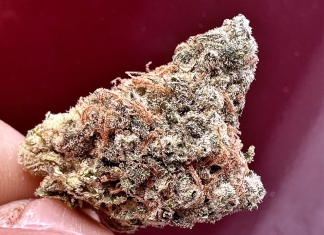A simple dosing regimen for cannabinoid therapies is complicated by individual variance in rates of breakdown in the liver and intestinal absorption. This trial measured specific plasma concentrations of orally administered cannabis extract in order to determine whether any correlation to clinical effects could be identified.
A total of 16 healthy female volunteers were given either 20mg tetrahydrocannabinol (THC) calibrated cannabis extract or an active placebo (diazepam) over a standardised breakfast. The drugs were administered in a double-blind, placebo controlled, crossover design and plasma levels of THC, cannabidiol (CBD) and another 2 active metabolites were measured before the trial began and at 2, 4 and 8 hours after administration. In addition, at 60 minute intervals both the patient and a blinded observer recorded the prevalence of typical clinical side-effects like nausea, feeling high, sedation, vertigo and dry mouth, using a visual analogue scale (VAS). Finally, heart rate, body temperature, oxygen saturation and blood pressure were measured every 30 minutes.
Peak plasma concentrations of THC were achieved within the first 2 hours for 75% of patients, and between 2 and 4 hours in the remaining 25%. The maximum levels of side effects were seen at 2.6 hours for patients taking active cannabinoids, which differed significantly from baseline and placebo. Nevertheless, there was absolutely no recorded correlation between the relative circulating plasma concentrations of THC and either the occurrence of side-effects or their intensity. None of the other measured parameters showed any significant changes or differences between control and active groups.
The trial emphasises the enormous variation in bioavailability of orally administered cannabinoids even in strictly controlled and standardised study conditions. The investigators re-state the requirement to titrate every patient receiving cannabis extract for therapeutic pain management on an individual basis to determine the most appropriate dosage protocol.













